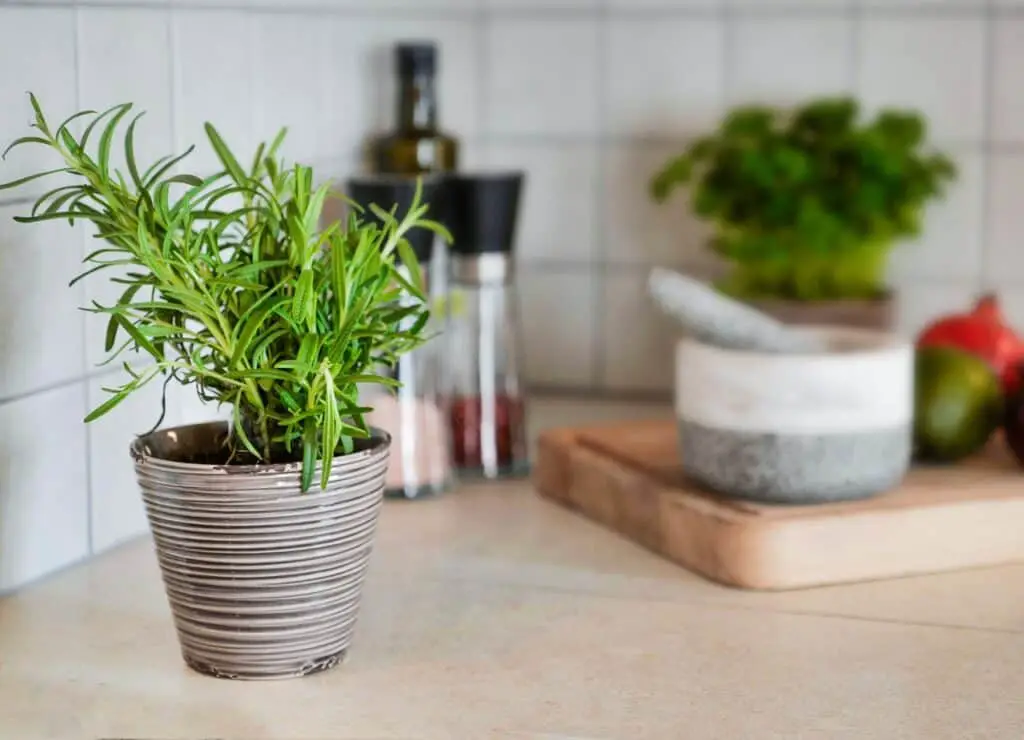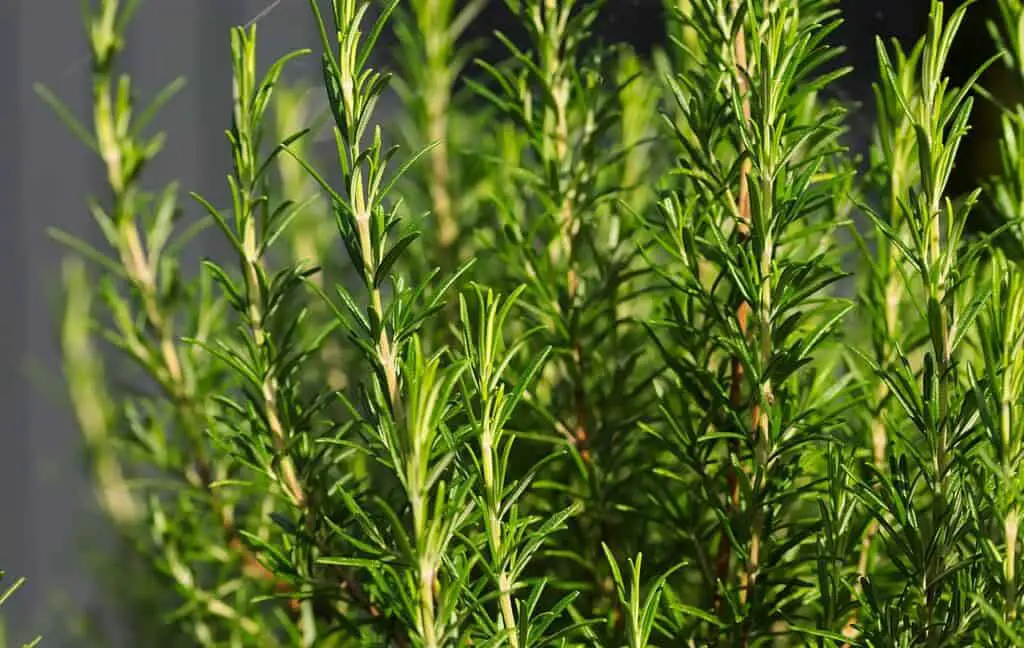Rosemary is a popular herb with a distinct aroma and flavor that can add depth to any dish. While it can be grown in the ground or containers, hydroponics is another great option. Hydroponics is a soilless method of growing plants that uses water and nutrient solutions to provide everything the plant needs to grow. In this article, we will guide you on how to grow rosemary in hydroponics.

Setting up a Hydroponic System for Rosemary
Before you begin growing rosemary in hydroponics, you will need to set up a hydroponic system. There are different types of hydroponic systems available, but for growing rosemary, a drip system or an ebb-and-flow system works best. Here’s how you can set up a hydroponic system for rosemary:
- Choose a container: You will need a container to hold the water and nutrient solution. You can use a plastic or metal container, but it’s important to ensure it’s food-grade.
- Install a pump and tubing: The pump will circulate the water and nutrient solution, and the tubing will deliver it to the plants. Make sure the tubing is long enough to reach all of the plants in your hydroponic system.
- Add grow medium: You will need to add a growing medium to the container. Some popular options include rock wool, coco coir, and perlite.
- Plant your rosemary: You can start your rosemary from seeds or cuttings. Make sure to space the plants at least six inches apart.
- Add water and nutrients: Fill the container with water and add the nutrient solution according to the manufacturer’s instructions. Make sure to monitor the pH level of the solution regularly to ensure it stays between 5.5 and 6.5.
Growing Conditions for Rosemary in Hydroponics
Rosemary requires certain growing conditions to thrive in hydroponics. Here are some important factors to consider:
- Lighting: Rosemary requires at least six hours of direct sunlight or 12 hours of fluorescent lighting per day.
- Temperature: Rosemary grows best in temperatures between 60°F and 70°F.
- Humidity: Rosemary prefers low humidity levels between 40% and 60%.
- Nutrient solution: Rosemary requires a nutrient solution that’s high in nitrogen, phosphorus, and potassium. You can purchase pre-made nutrient solutions or make your own.
- pH level: As mentioned earlier, the pH level of the nutrient solution should be between 5.5 and 6.5. If the pH level is too high or too low, it can affect the plant’s growth and nutrient absorption.
Maintenance and Harvesting
Once your hydroponic system is set up and your rosemary plants are growing, there are certain maintenance tasks you’ll need to perform to ensure they continue to thrive.
- Monitor nutrient levels: Regularly check the nutrient levels of the solution and adjust as needed.
- Prune and train: Prune your rosemary plants regularly to promote bushier growth, and train the branches to grow in the direction you want.
- Harvest regularly: You can start harvesting your rosemary once the plants reach six to eight inches tall. Cut the branches near the base of the plant and leave some leaves on the stem so it can continue to grow.
- Pests and diseases: Keep an eye out for pests like spider mites and aphids, and be aware of common diseases like powdery mildew. If you notice any issues, take action immediately to prevent them from spreading.
Even in a hydroponic system, rosemary can suffer from common pests and diseases. Here are some common problems and solutions:
- Spider mites: These tiny pests can infest your rosemary plants and suck the sap from the leaves, causing yellowing and stunted growth. Use a commercial insecticidal soap or neem oil spray to control them.
- Powdery mildew: This fungal disease can appear as a white powdery coating on the leaves and stems. It thrives in humid conditions. Remove infected leaves and improve the ventilation in your hydroponic system. You can also use a commercial fungicide spray.
- Root rot: Overwatering and poor drainage can cause the roots to rot and the plant to wilt and die. Check the water level in your hydroponic system regularly and adjust the flow rate as needed. Use a sterile growing medium to prevent fungal infections.

Conclusion
Growing rosemary in hydroponics can be a fun and rewarding experience. With the right equipment, nutrients, and environment, you can produce a healthy and abundant harvest of fresh herbs year-round. Whether you use rosemary for cooking, aromatherapy, or medicinal purposes, you can enjoy the benefits of this versatile and fragrant plant without leaving your home.

